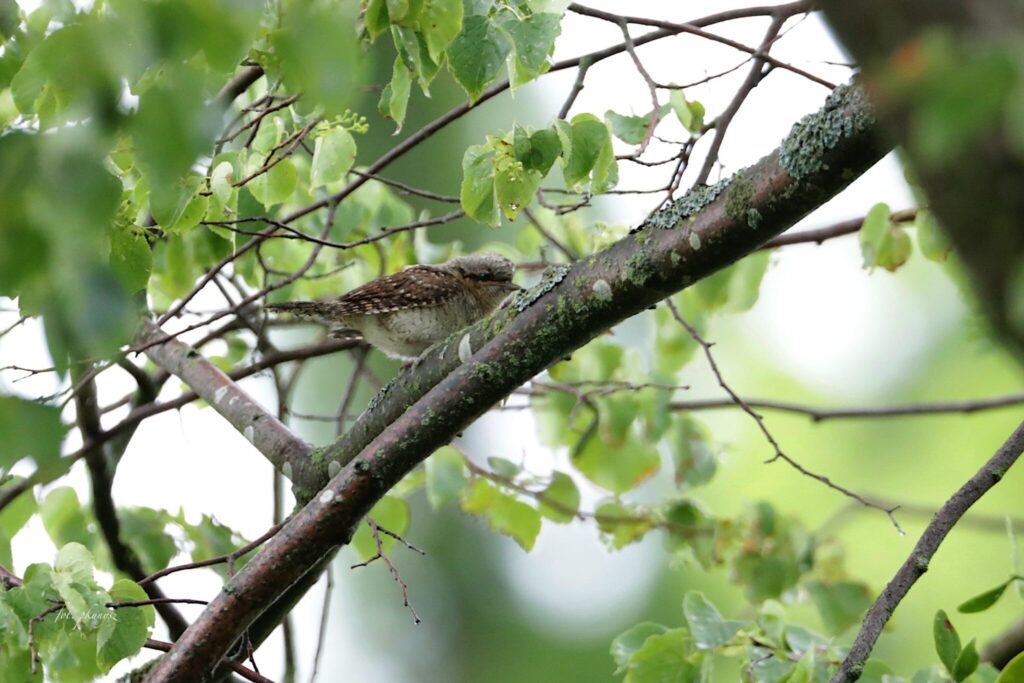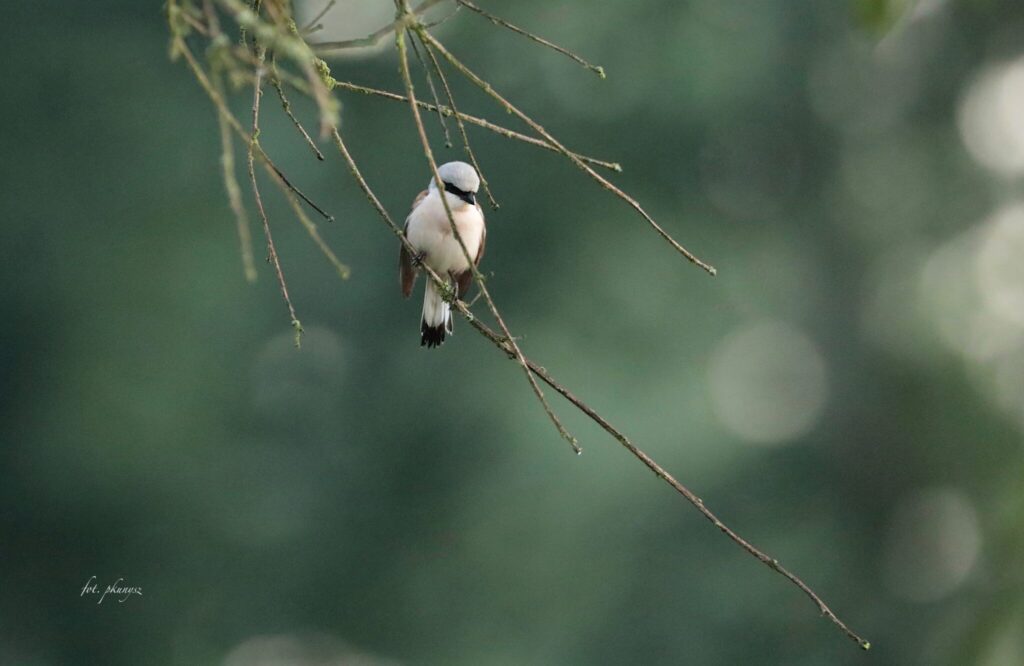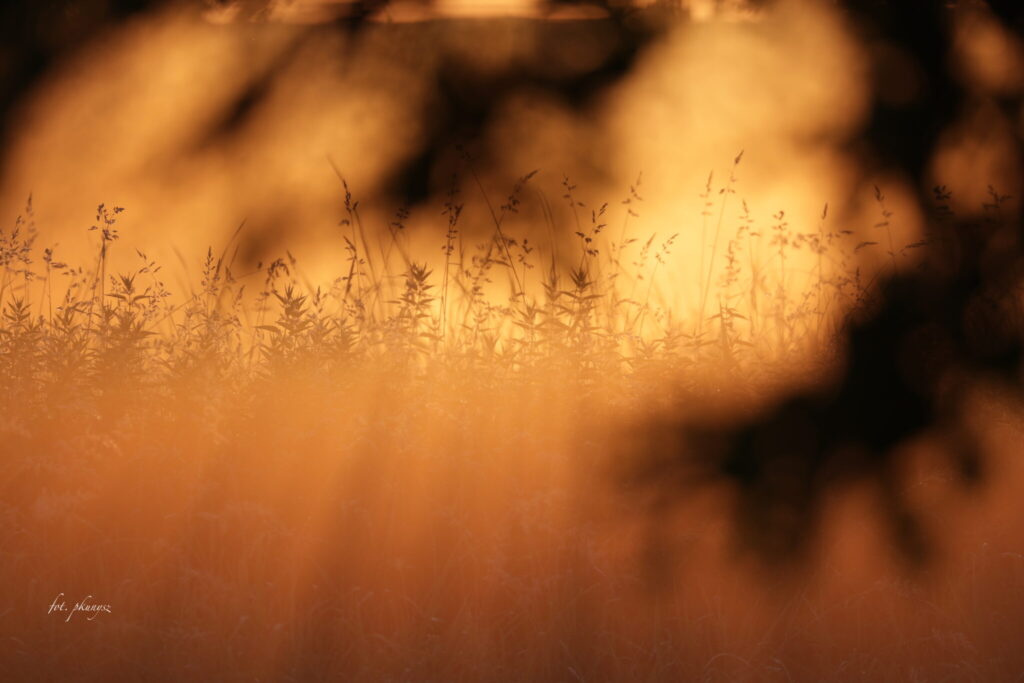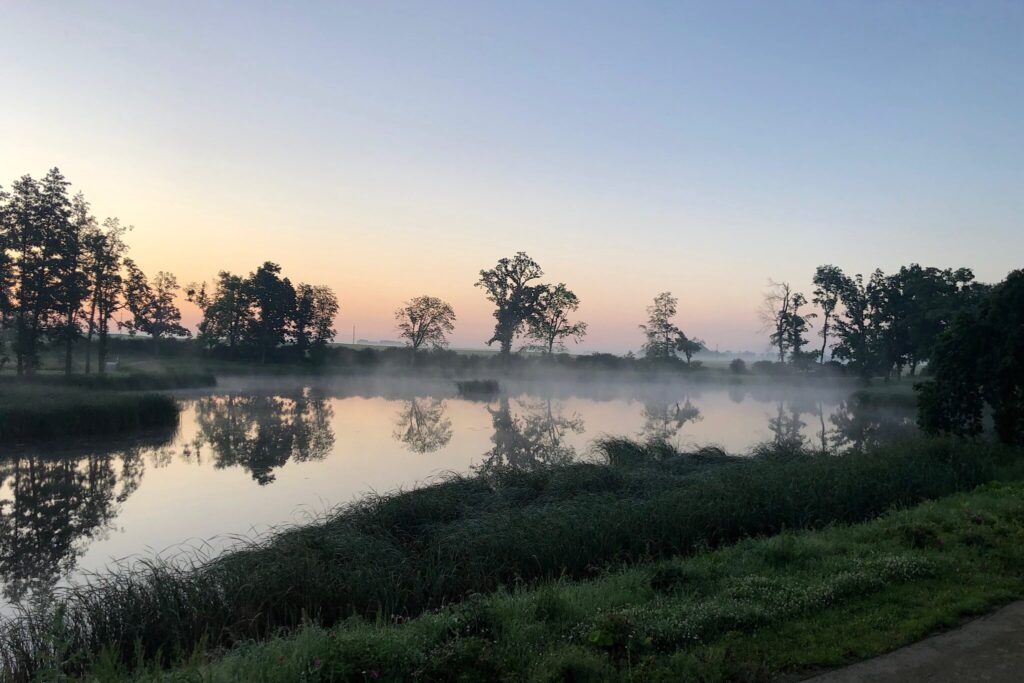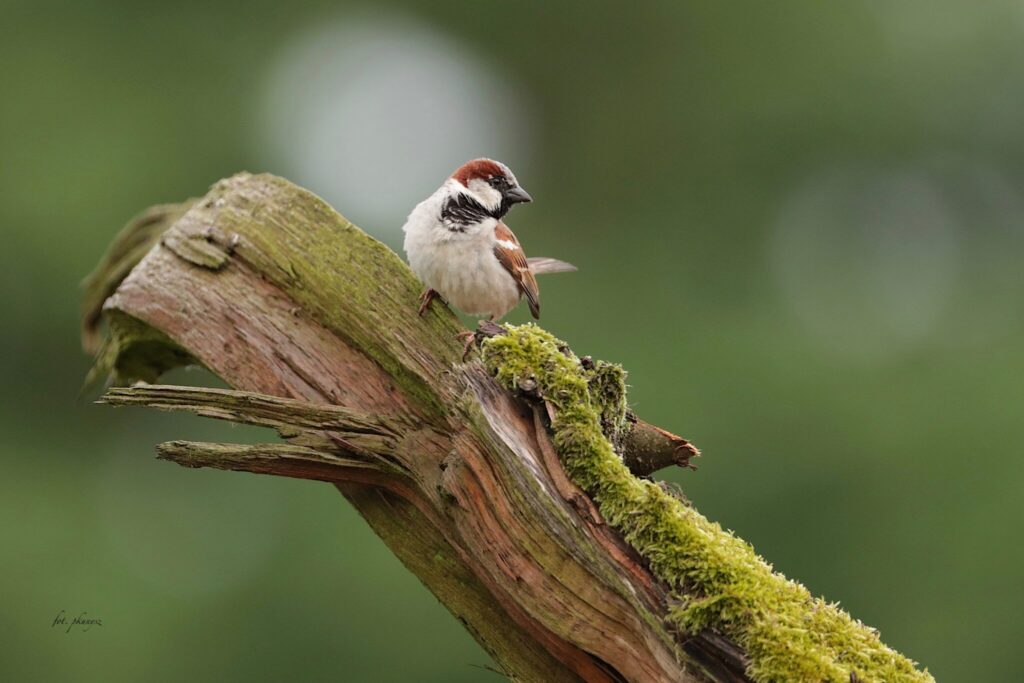
The Komierowo Palace invited the outstanding ornithologist and nature guide from Przemyśl, Przemysław Kunysz, to cooperate with us.
Below, please read the study resulting from the observations in our park. Nature lovers are invited to visit the Komierowo Palace and admire its fauna.
“The Palace and Park Complex in Komierowo is situated in the area which is highly attractive in terms of wildlife. The Tuchola Forest is a valuable bird protection area where nesting of 30 species important for the whole European Union, included in the so-called Bird Directive, was recorded. The most important bird species which can be observed here include a little bittern (Ixobrychus minutus), a bittern (Botaurus), a garganey (Spatula querquedula), a white and black stork, a honey buzzard, Montagu’s harrier and marsh harrier, a black kite, a white-tailed eagle, a corncrake, an eagle owl, a boreal owl, a tawny pipit, a red-breasted flycatcher, a kingfisher, black woodpecker, an ortolan and a barred warbler.
A precious area important for birds is also the nearby Tuchola Forest National Park established in 1996 in the area of 4,613.04 ha.
The historical park in Komierowo, situated round the beautiful palace, is a habitat of 42 bird species thanks to its natural character and appearance. Forest, park and semi-water species build their nests here. The vicinity of open fields and meadows promotes infiltration of species typical of fields and meadows.
The list of species found during the hatching period includes 42 protected ones, e.g.
- Mallard,
- Common Woodpigeon,
- Common Cuckoo,
- Common Swift (hunting over the pond and neighbourhood),
- Common Moorhen,
- Common Kingfisher,
- Eurasian Wryneck,
- Great Spotted Woodpecker,
- Eurasian Golden Oriole,
- Red-backed Shrike,
- Eurasian Blue Tit,
- Great Tit,
- Icterine Warbler,
- Marsh Warbler,
- Eurasian Reed Warbler,
- Great Reed Warbler,
- Barn Swallow (hunting insects in the park),
- Common House Martin (hunting insects in the park),
- Willow Warbler,
- Common Chiffchaff,
- Eurasian Blackcap,
- Garden Warbler,
- Lesser Whitethroat,
- Common Whitethroat,
- Eurasian Nuthatch,
- Short-toed Treecreeper,
- Common Starling,
- Song Thrush,
- Eurasian Blackbird,
- Spotted Flycatcher,
- European Robin,
- Common Redstart,
- Black Redstart,
- House Sparrow,
- Eurasian Tree Sparrow,
- White Wagtail,
- Common Chaffinch,
- Hawfinch,
- Common Linnet,
- European Goldfinch,
- European Serin,
- Yellowhammer.
The species present in the palace and park complex, including the Common Kingfisher, Red-backed Shrike, Spotted Flycatcher and Eurasian Wryneck are the disappearing birds both in Poland and in Europe.
During your observations, follow some basic rules. The birds are best observed during their peak activity, i.e. in the morning and evening. To ensure the appropriate species determination and improve the bird observation result, use binoculars. You should also behave in a calm way and wear clothes which blend with the surroundings. If you want to take photos of birds, choose the morning. The best light to take photos is offered by the so-called golden time of the day, e.g. during the sunrise and the sunset”.
Przemysław Kunysz


